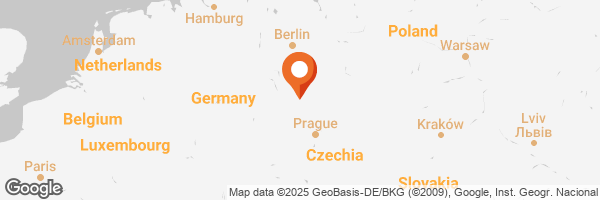
Hello everyone. We set off for Dresden recently, thinking it was finally time to visit this ancient German city. This place was completely destroyed during the war. As we wandered through Dresden, we wondered whether we would feel the spirit of an old settlement or the atmosphere of a modern city built in an old style. This is my second time visiting Dresden.






We used an app that shows real-time parking availability and prices. Parking fees in downtown Dresden vary significantly. There are spots available from as low as 4 euros per day, but the general range is around 6-7 euros. In some areas, the daily fee can go up to 25 euros. Of course, hourly payment is also an option, but if you plan to park for more than 5-6 hours, getting a daily pass is more cost-effective.



We crossed the Elbe river and saw an elegant tram passing by.
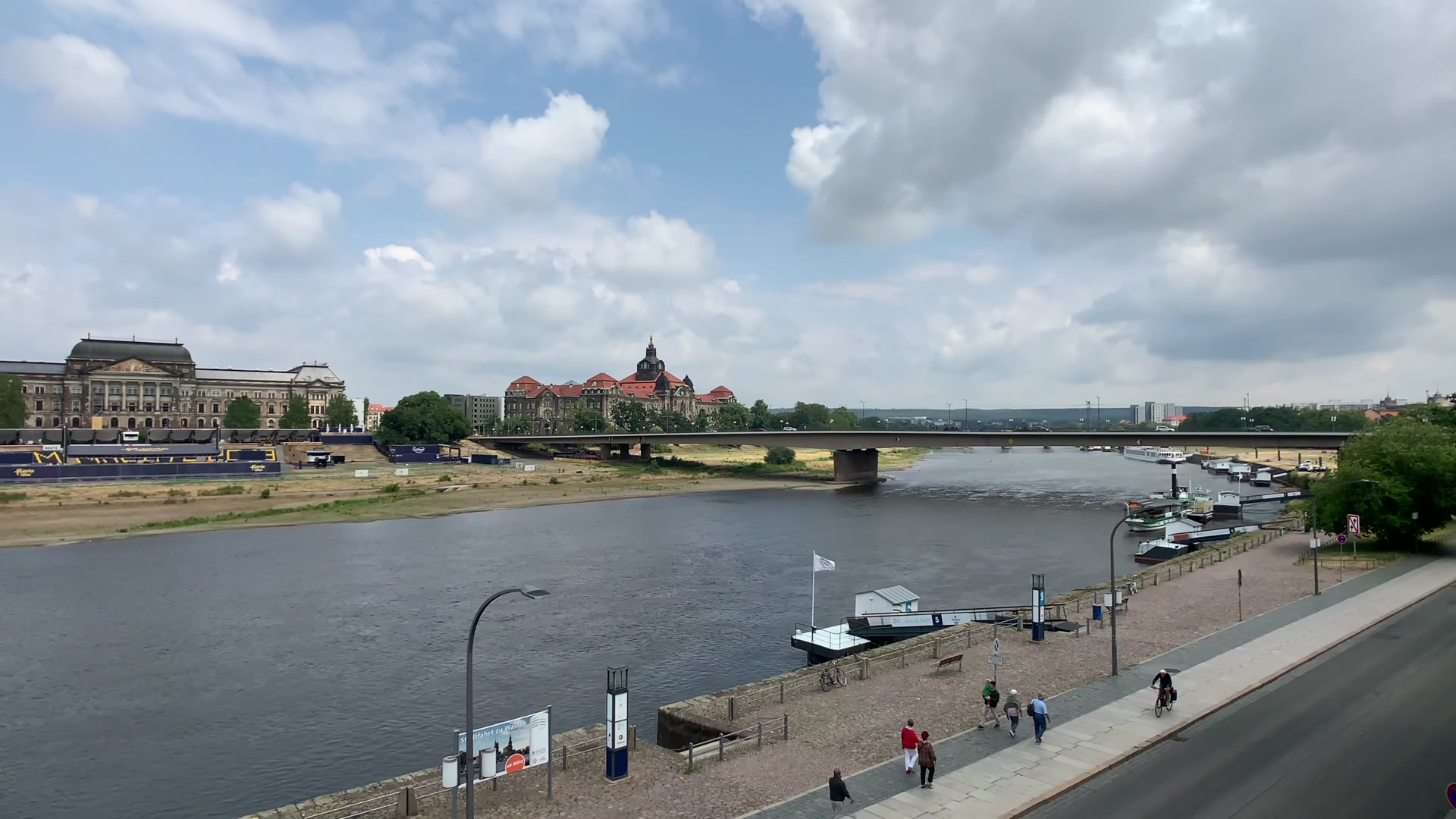

Now let me tell you a little about Dresden. This city is the capital of the Saxony region in eastern Germany. Located on the banks of the Elbe river, Dresden is also known as the Florence of the Elbe. It is famous for its history, cultural heritage and architecture.
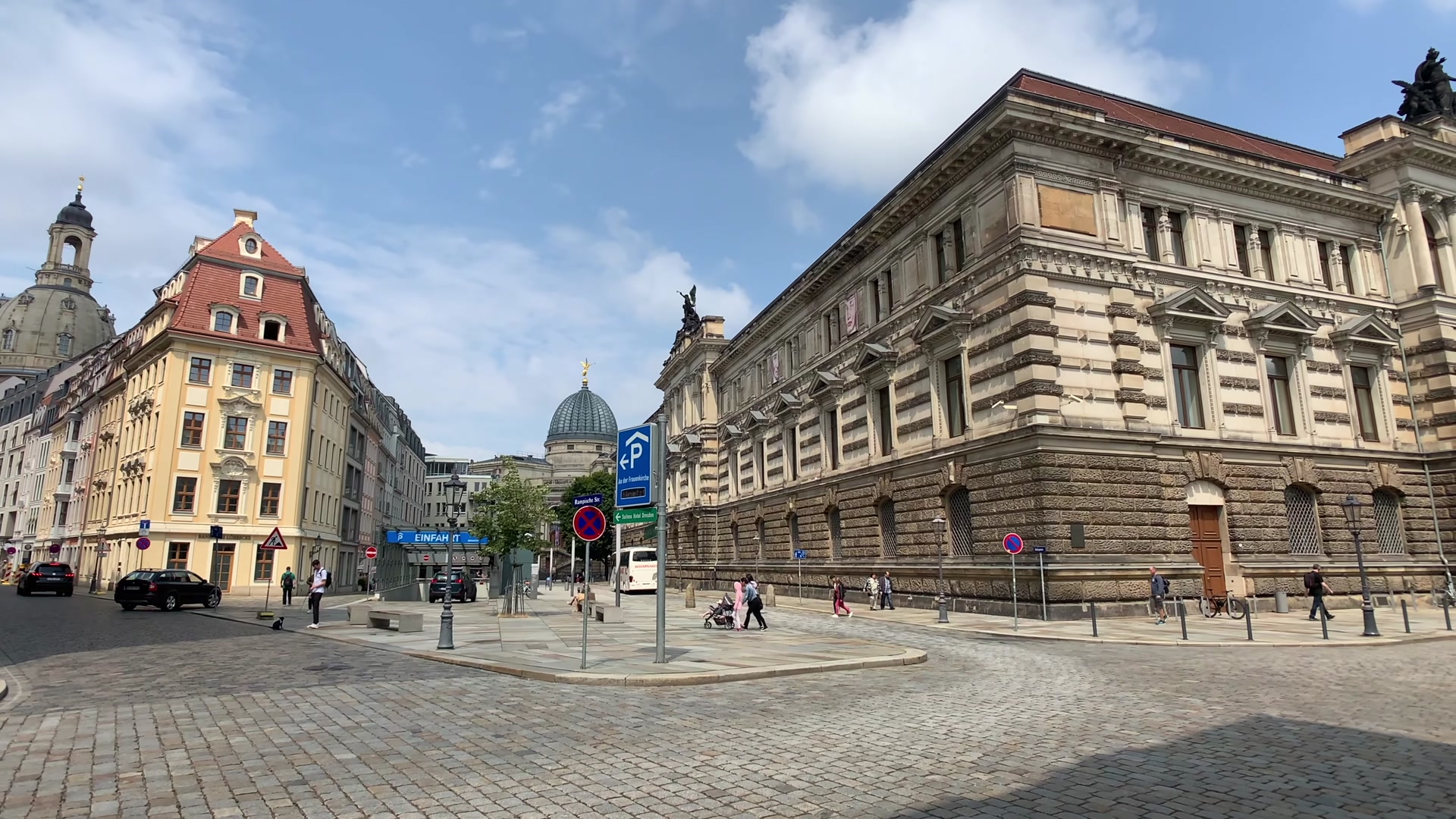
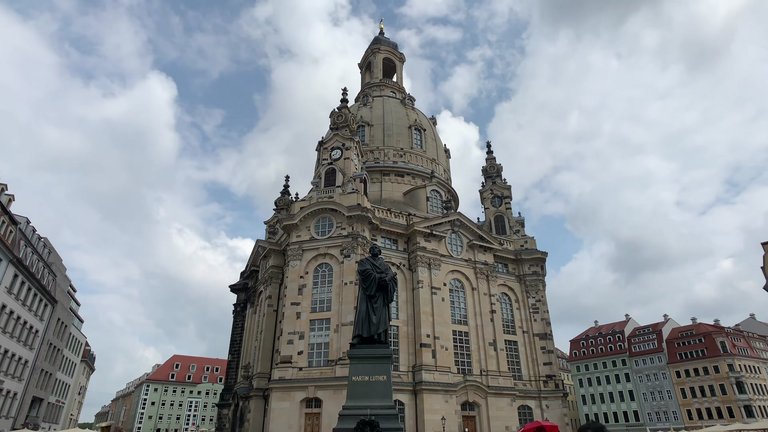
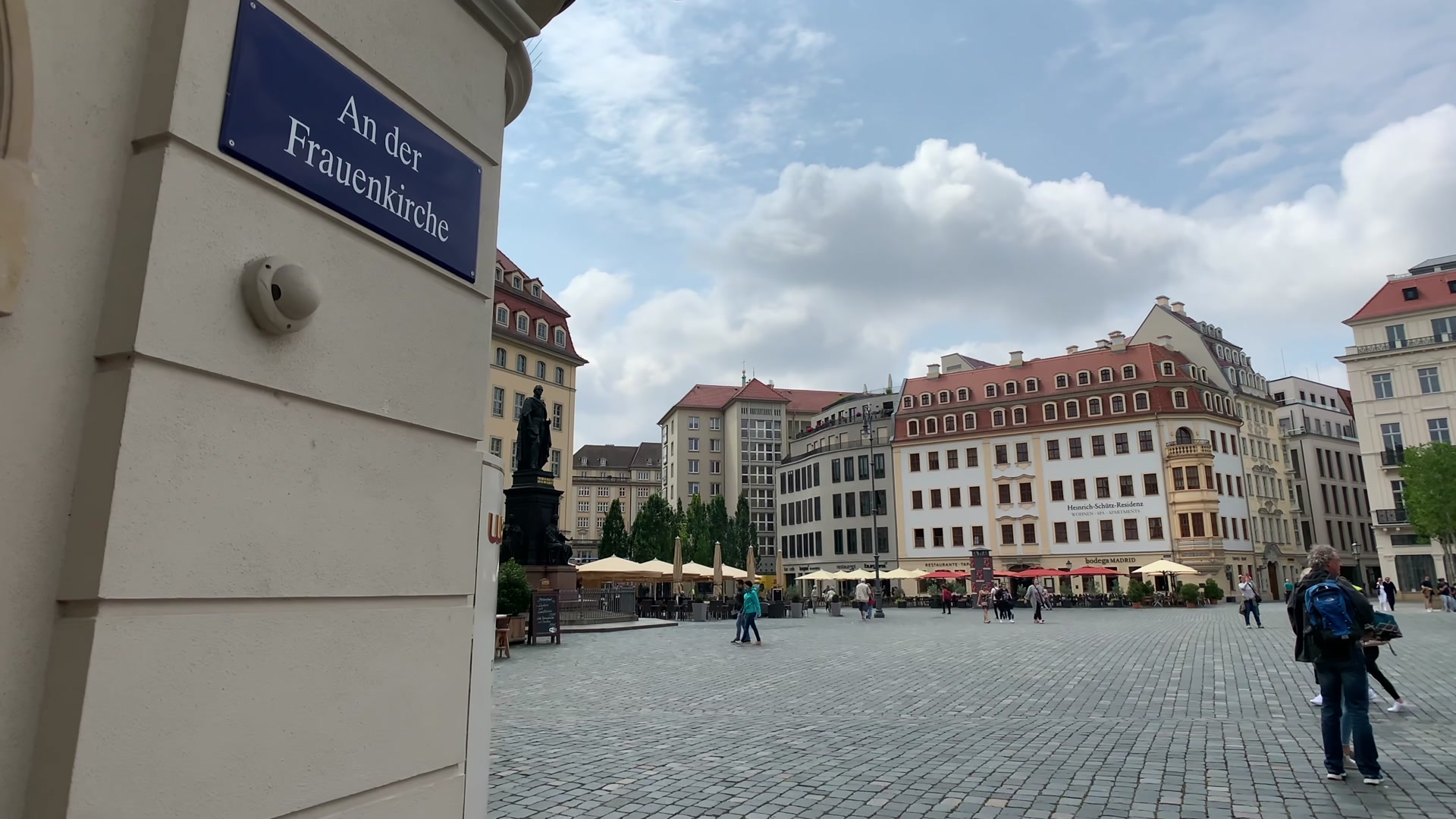
One of Dresden's most iconic landmarks Frauenkirche was completely destroyed during World War II but was later rebuilt to its original form. It looks partly black and partly newer, doesn't it? The reason is that Dresden was completely reduced to rubble by Allied air raids during the war. As a result Dresden’s historic center was entirely rebuilt from scratch.

The restoration process roughly lasted from 1945 until today. For example, this church remained in ruins until the 1990s and was only fully restored in recent years. The black stones are original, while everything else was added later. So, this beautiful historic center is actually a newly constructed area. Frauenkirche was initially built in the 11th century but was later demolished. It was reconstructed in the 18th century in Baroque style, only to be completely destroyed again during the war.
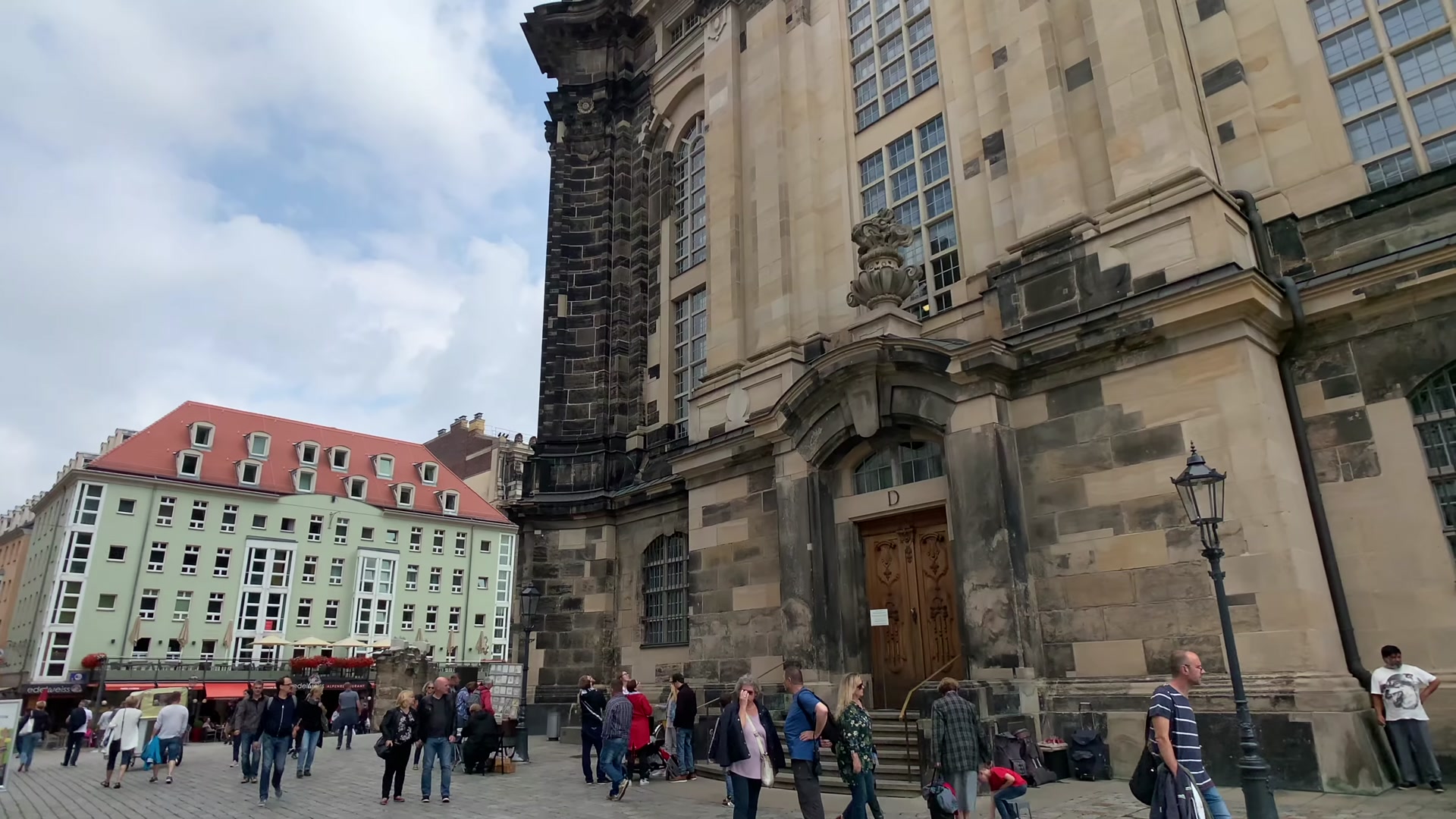
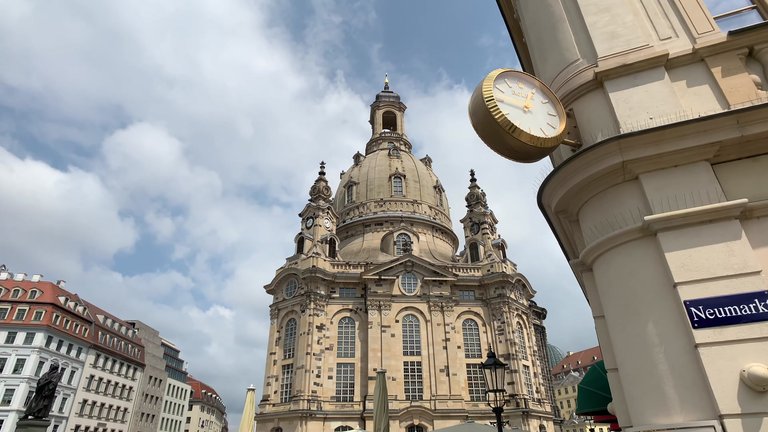
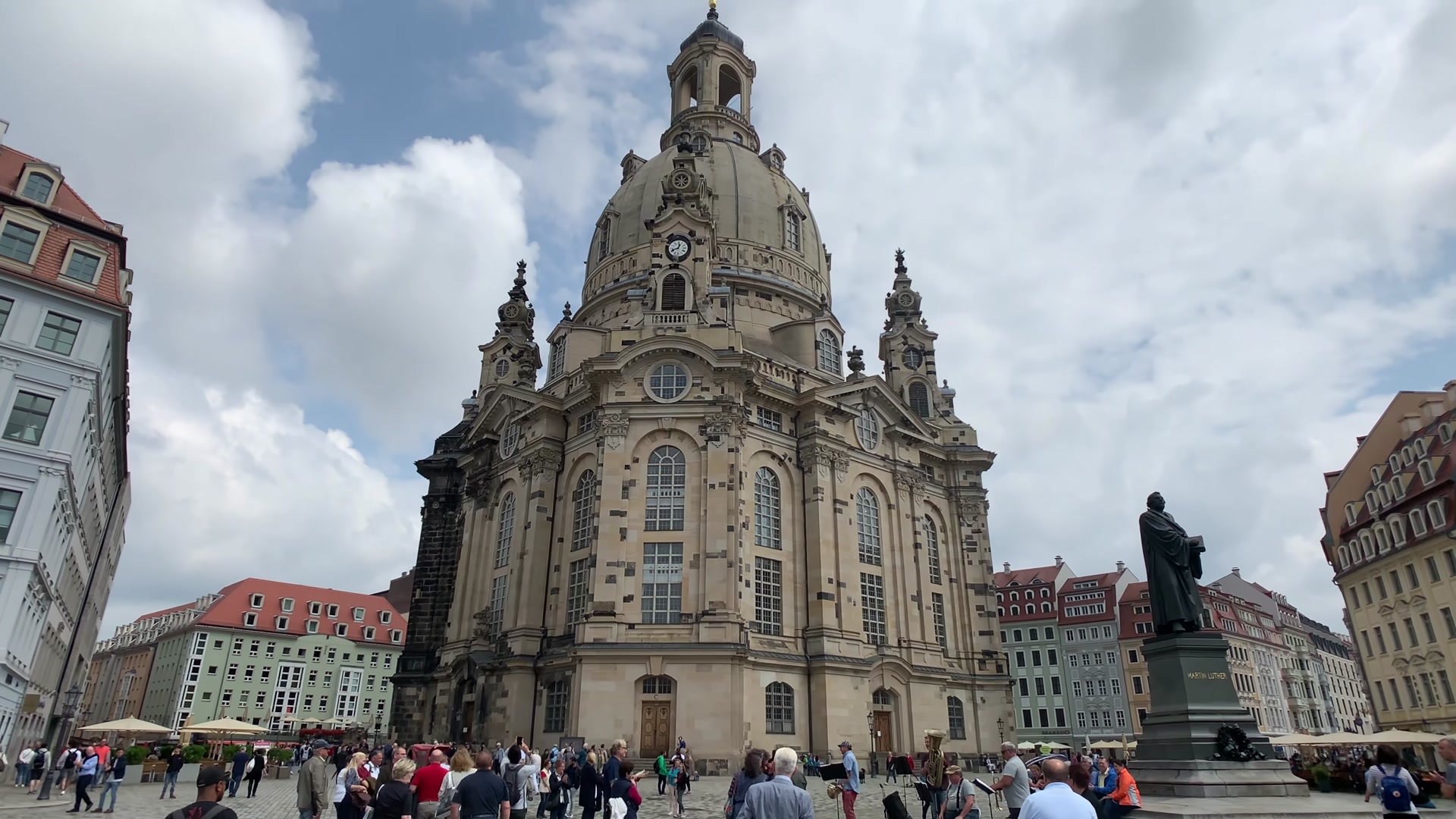
Instead of constructing a modern city, efforts were made to preserve the historical texture, which is commendable. However, while walking around Dresden, it is difficult to feel whether this is an old city. The buildings look too clean and well-maintained. But one must admit, the restoration work has been done with great precision.
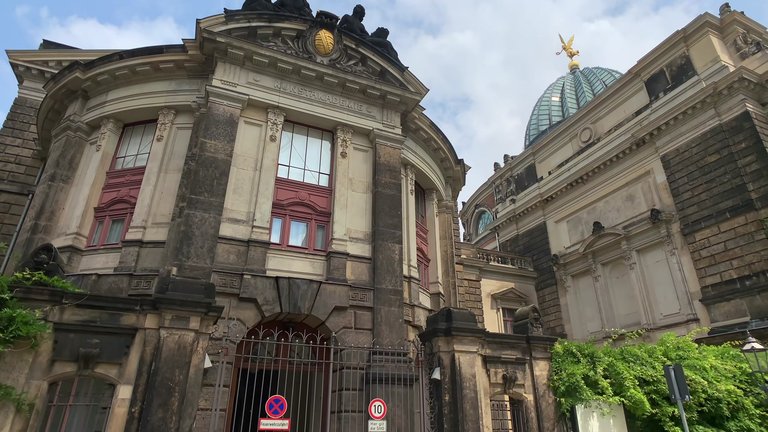
After the bombings the ruined structures were carefully examined, some remnants were moved elsewhere and the remaining parts were reconstructed according to their original plans. A combination of old and new stones was used. For instance, you can see burnt and aged stones at the lower parts of some buildings, while the upper sections were newly added. Interestingly, when you touch these old stones, they don’t stain your hands. Apparently the soot has penetrated so deeply that neither rain nor cleaning can remove it.

I think leaving the original burnt and sooty stones as they are, instead of whitening and cleaning the walls completely, was a great decision.
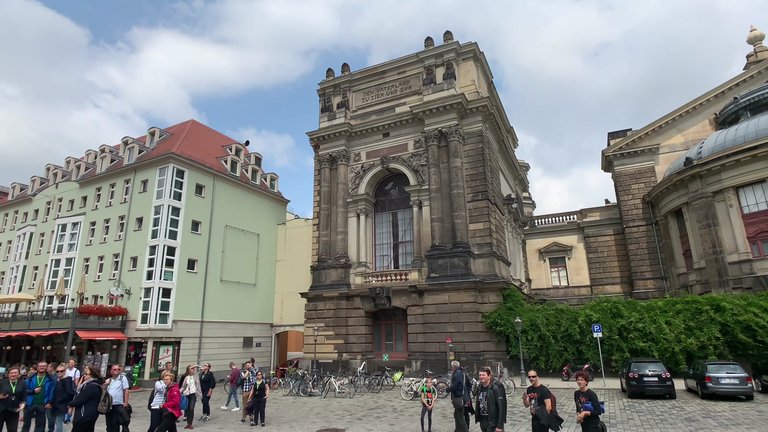
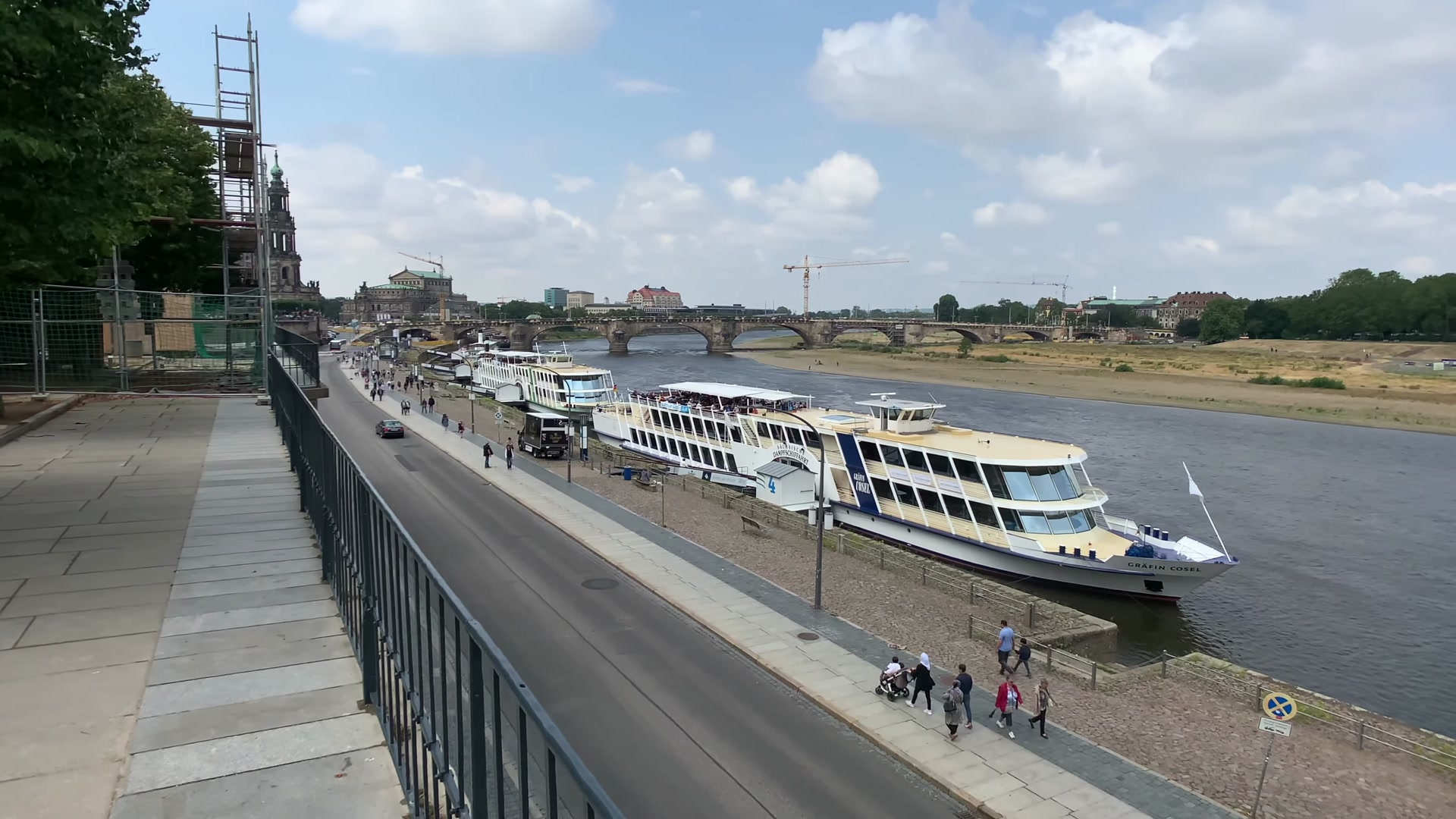



This building is the Dresden Cathedral. It looks impressive. The construction of this cathedral is rooted in the historical struggle between Catholics and Protestants and was almost built in secrecy. It is also known as the Cathedral of the Holy Trinity. In 1964, it became the cathedral of the Diocese of Dresden-Meissen. This place is the resting site of some members of the Wettin dynasty, including Polish kings. The cathedral suffered damage during World War II but was later restored and opened to visitors.


After visiting the cathedral, our next destination was Palace Square. We also explored the inner part of the castle here. Then, we entered the Zwinger, which is the area between the inner and outer defensive walls of the castle complex.






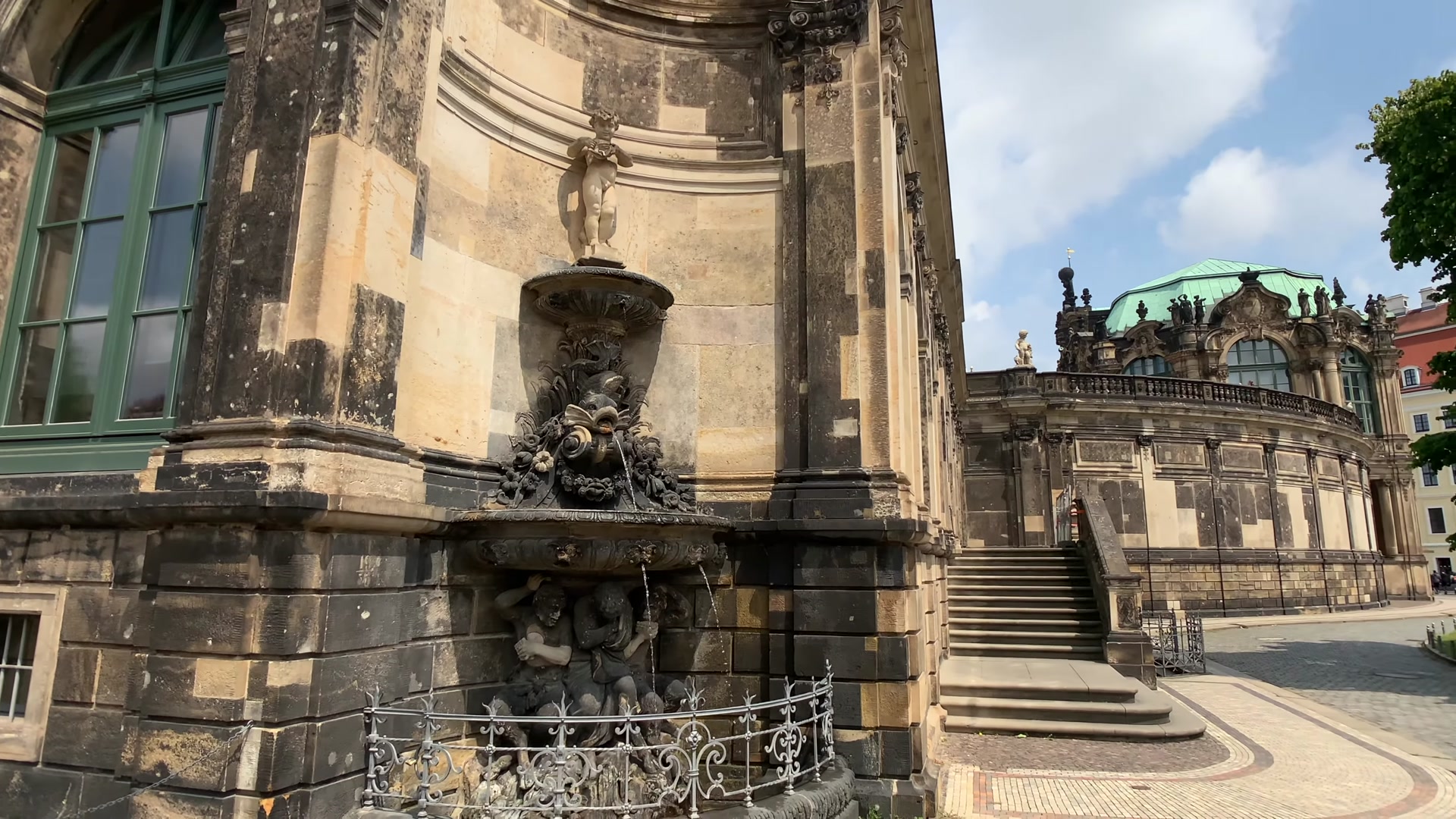

It’s absolutely beautiful. However, there's a rather odd structure here that slightly spoils the view. But luckily, I have a weakness for palaces.

To go upstairs, we had to pass through a restaurant. At this point, my hunger was becoming undeniable. 😆
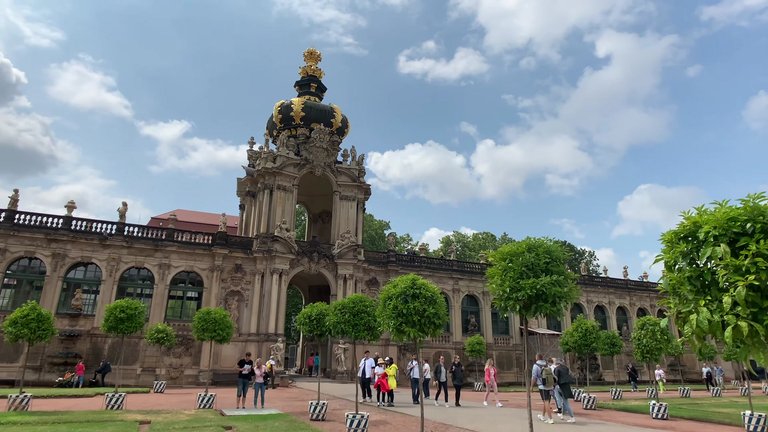

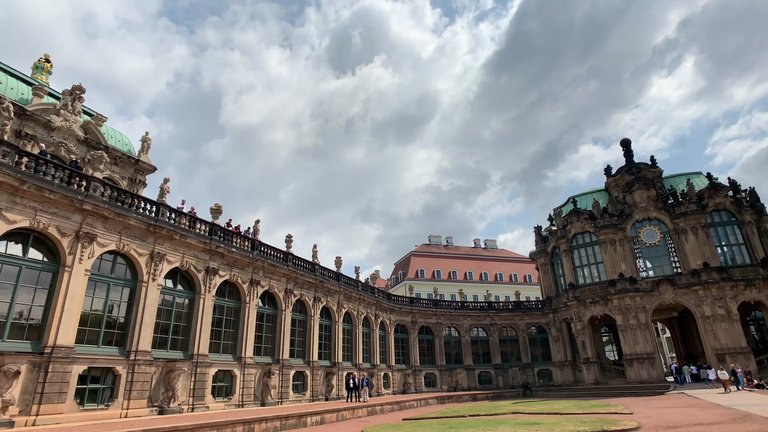


After admiring the impressive sight of the opera house, we returned to the parking lot and had a small picnic. It was just a five-minute walk from here to the city center. Apparently, we bought way too much food yesterday. For some reason, we thought we’d starve in Dresden. We had loads of salad, pizza and desserts with us, so we had to eat everything.

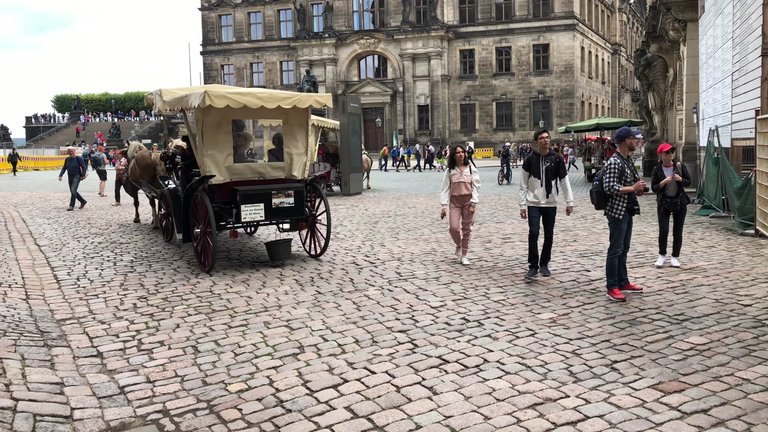
Then we headed back to Dresden, this time crossing over to the Elbe river. Everything was great and we were already preparing for Prague. Dresden felt like a sort of rehearsal for us.
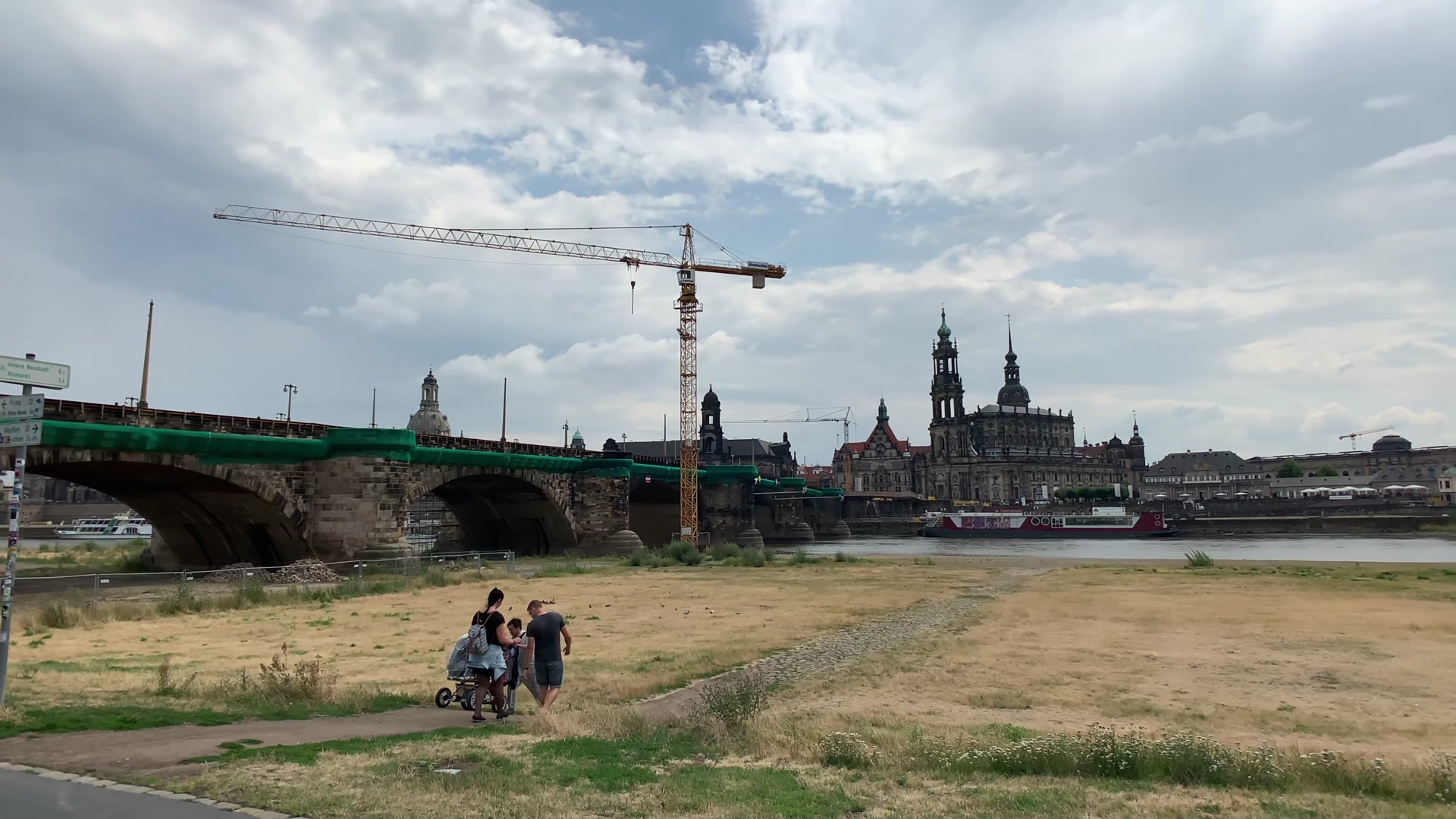

We climbed onto the bridge, but due to restoration work, we couldn’t fully enjoy the view. So, we decided to cross the entire bridge and walk along the riverbank on the opposite side, where we could be closer to the water.

I never noticed this before, but there are traffic signs for river transportation too. We saw a main road sign and, on the other side, a prohibition sign. Learning never stops. 😆
While resting along the banks of the Elbe, it started to rain. I didn’t want to move. I felt incredibly peaceful here, as if I had merged with nature.
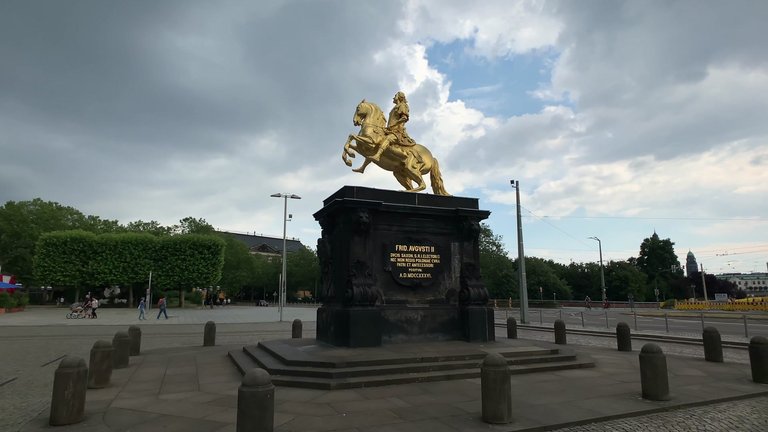
There aren’t many historical buildings on this side of the Elbe, but we kept walking because we wanted to see the famous Golden Rider statue. This square is quite interestingly designed,everything is golden and ornate.
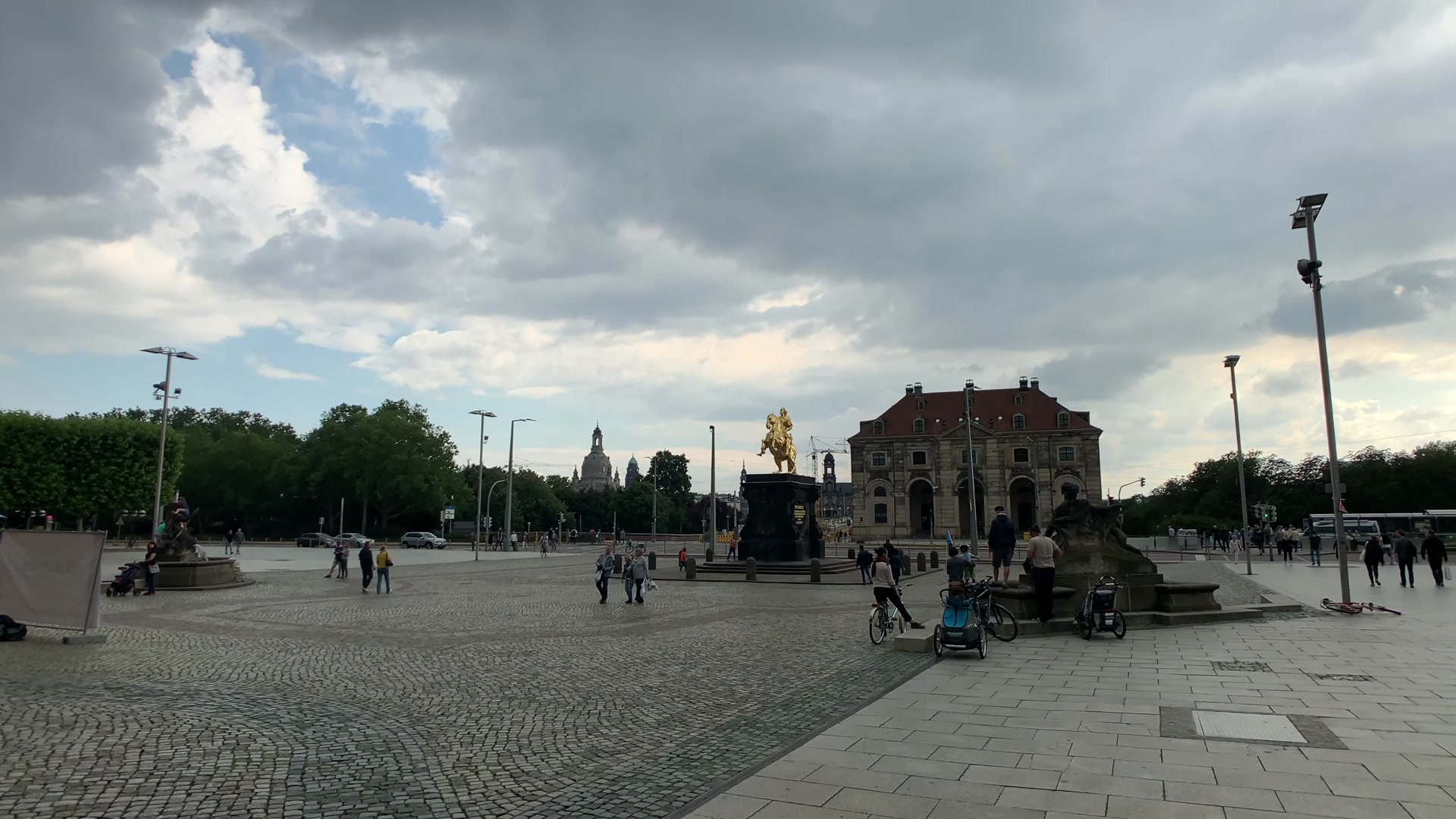
Not many old buildings remain on this side. We could only spot a tower in the distance, so we started walking toward it. But we had to hurry because we wanted to visit the Old Masters Gallery and see Raphael’s Sistine Madonna.
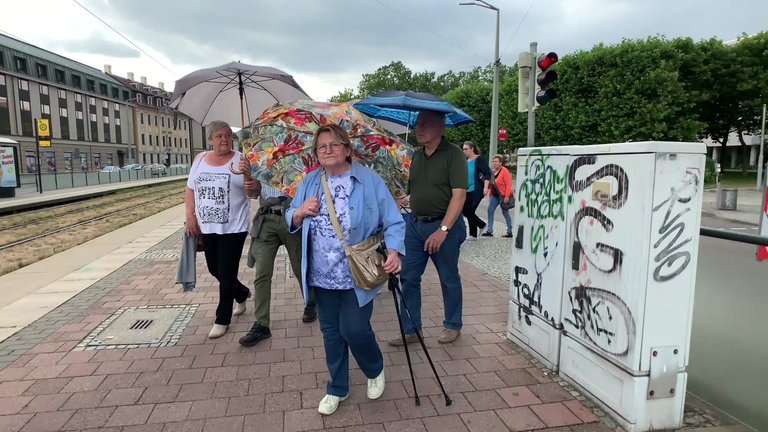
Since it was a Saturday, the city was more crowded than usual. An interesting fact: historically, Dresden was the capital of Saxony. However, after World War II and until the fall of the Berlin Wall in 1990, it was part of East Germany. Yet, you don’t see many typical socialist-style block apartments here. In most former Eastern Bloc cities, as soon as you move away from the center, you immediately encounter these gray buildings. But in Dresden that feeling isn’t as strong.
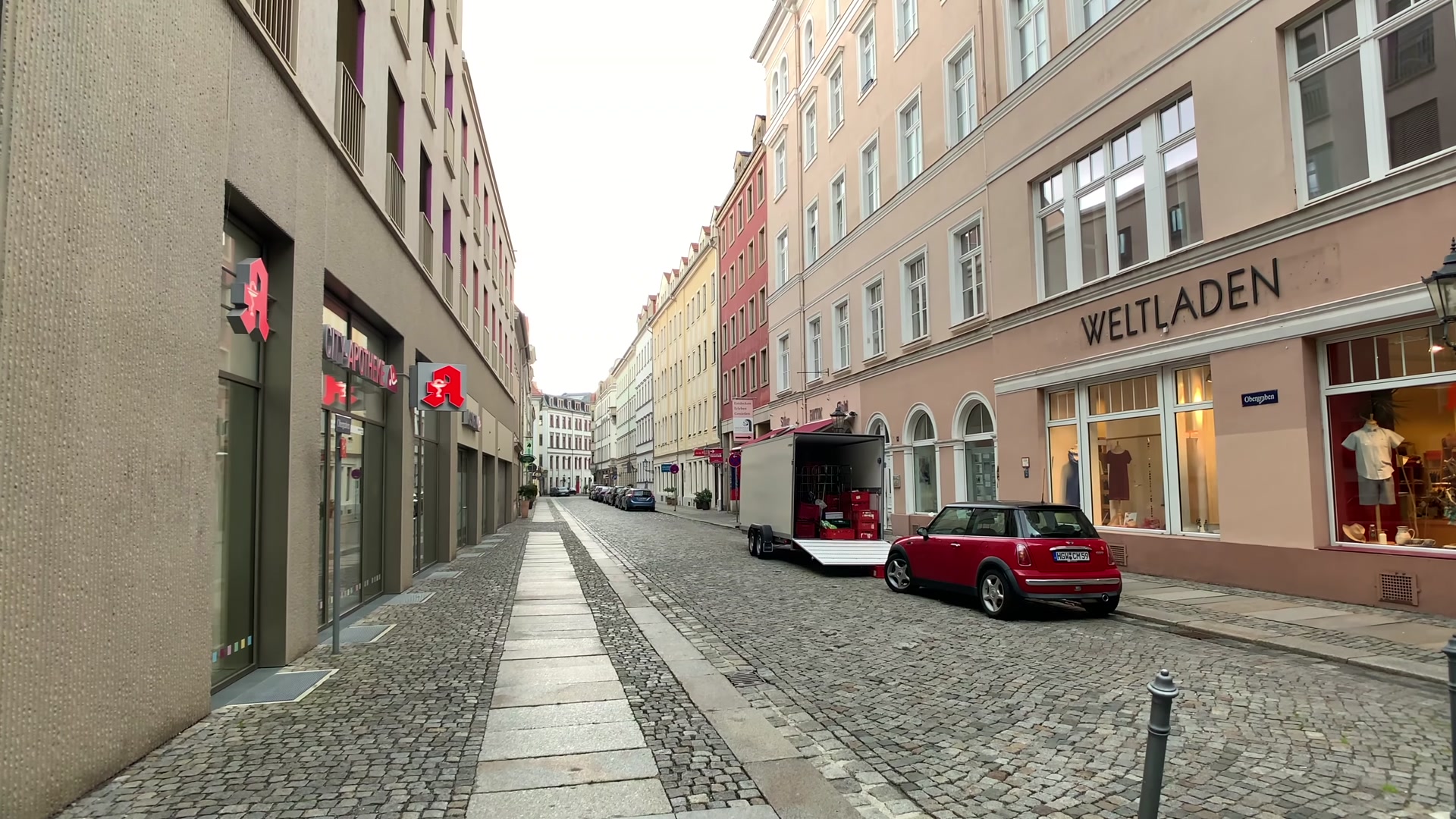
Here we saw the ruins of an old church. Of course, the stones weren’t just floating in the air. They carefully collected the old stones and integrated them into the new structure.

We were completely soaked in the rain. Waiting for it to stop wasn’t really an option since, judging by the sky, it would last at least two more hours. So, we decided to set off to see Raphael’s masterpiece.

At least we managed to cross the bridge, that was an achievement. We arrived at the museum, specifically at the Old Masters Gallery, to see Sistine Madonna. When we reached the ticket counter, we found out that the painting was currently under restoration. Can you believe it? We ran all the way through the rain to get here, arriving just in time at 4:50 pm, so we could comfortably admire the painting for an hour. But it was all in vain. 😆



And so our Dresden adventure comes to an end. We then set off for Prague. Hopefully, I’ll have the chance to share that experience too. See you on my next adventure.
